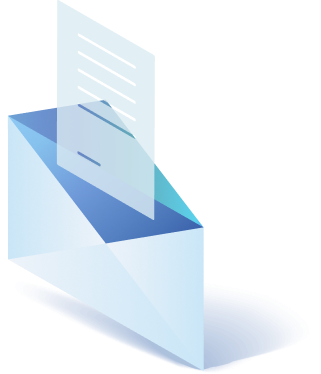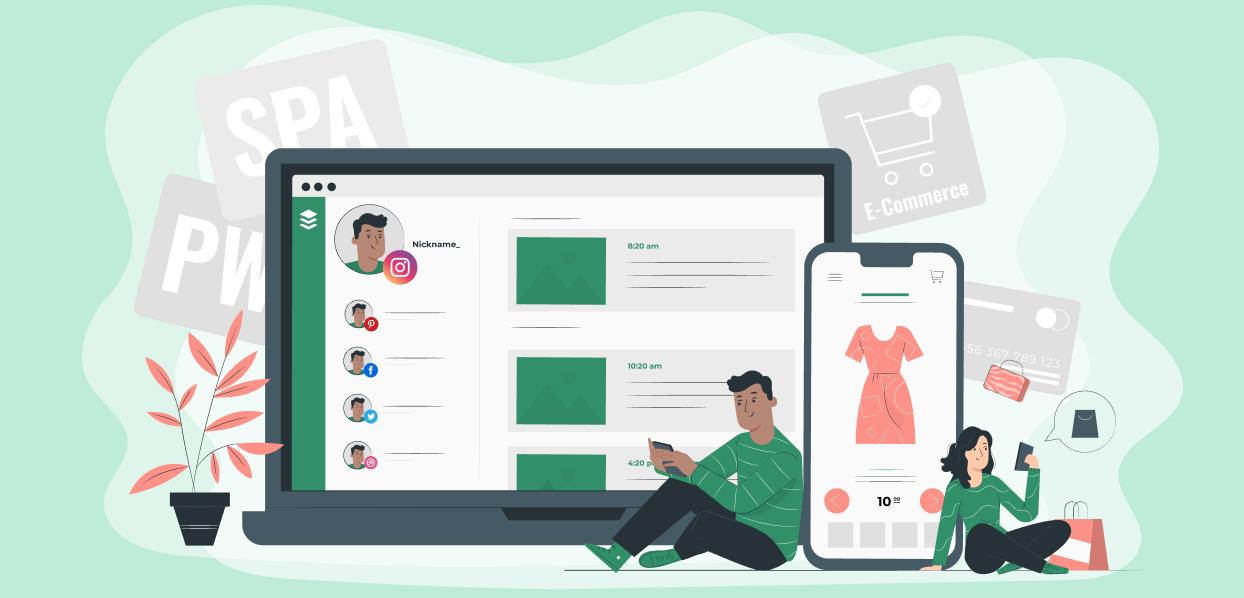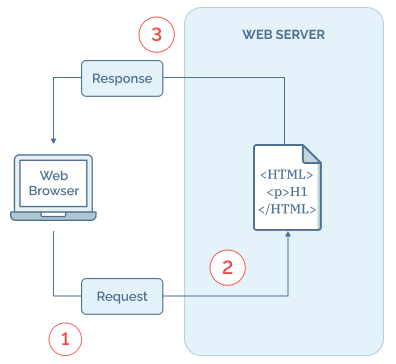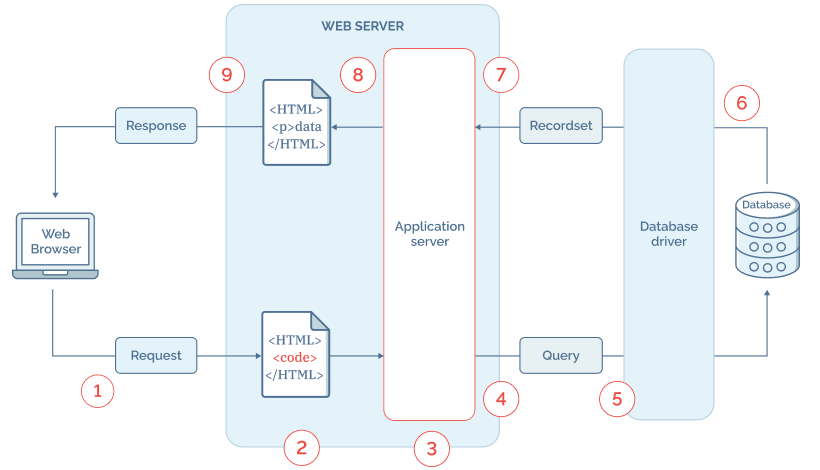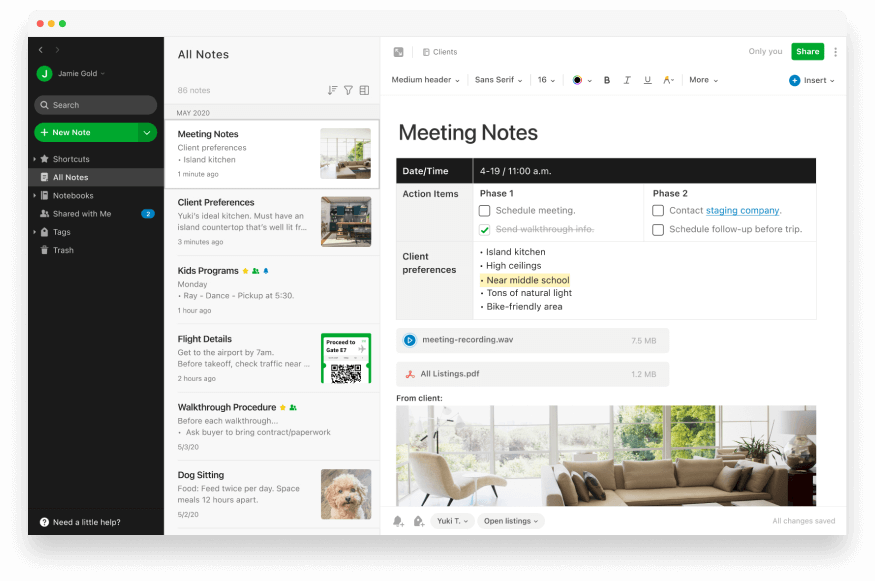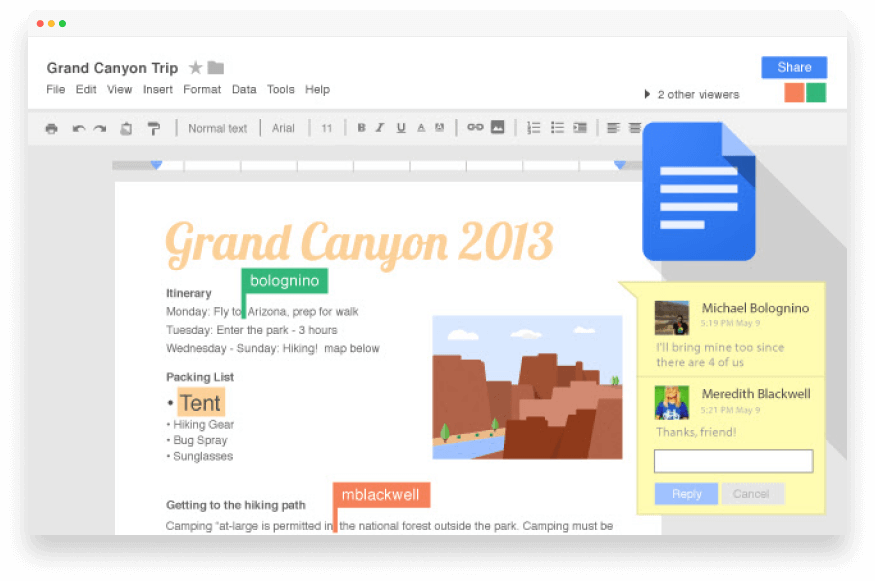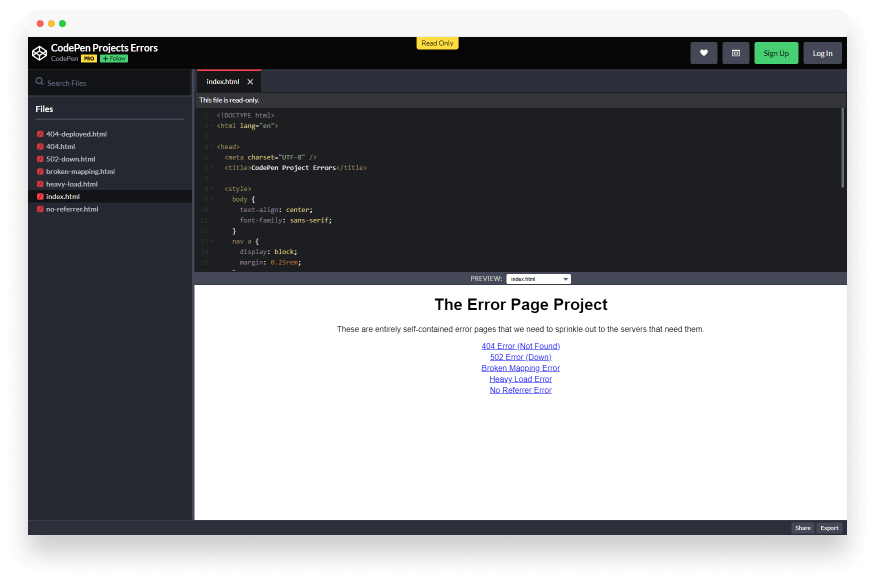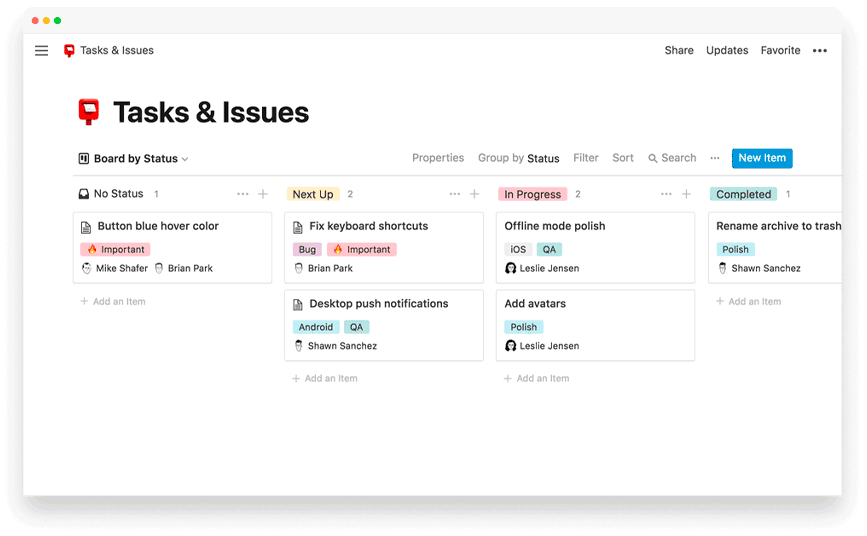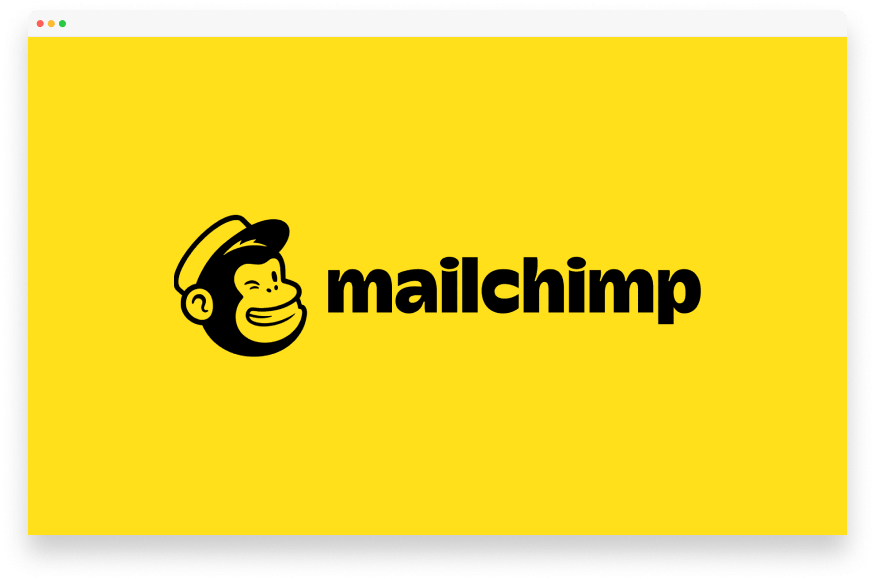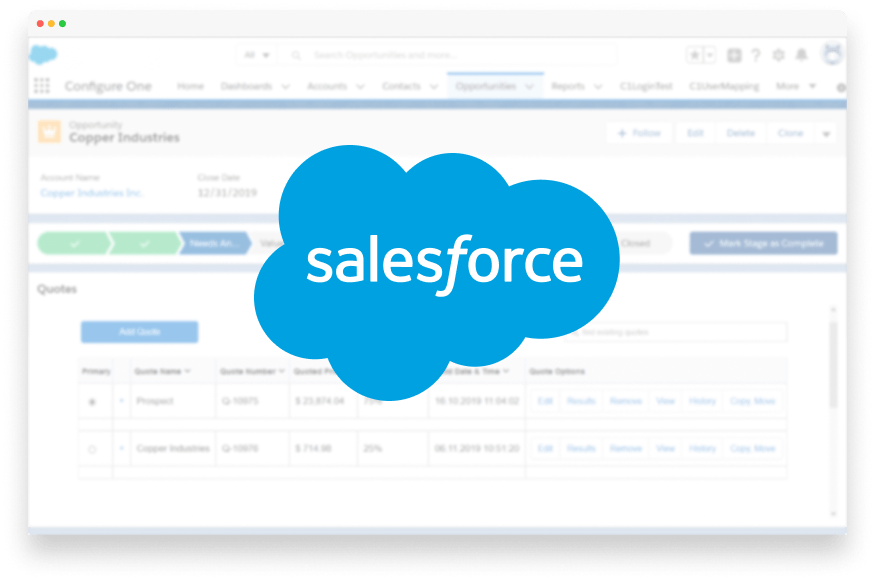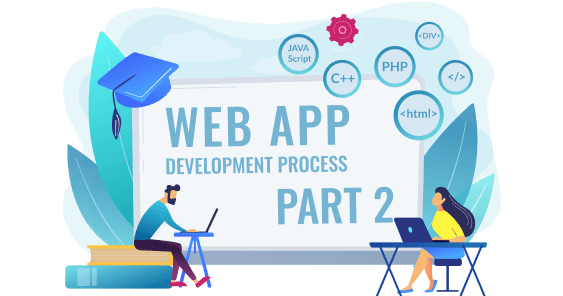Are you thinking whether building a custom web app for your business is a good idea or not? As a custom web application development company, we have found that many of our customers are curious about the web application development process. This guide will explain web app meaning, types, real-life examples, and its development process in details.
We rely on web apps in our daily life, even if we may not be aware we’re using them. Today, they have integrated seamlessly into our everyday lives. The best web apps combine the user experience of a mobile app with ease of access from any device. These apps are all around you. If you use social media, Windows-based programs, or email marketing, you are using a web application.
A well-designed web app is a business solution that can be adapted to any industry, hospitality, banking, ecommerce, entertainment, education and many more. In this guide, you’ll learn more about web app development and how web application services can create value for our customers.
Why We Wrote This Guide
At Web Design Sun, we want our web application development services to be as clear as possible. Our customers often confused what the difference between website, mobile app and web app. So we created this guide to shine light on what a web app is and what it can do for a different kind of business.
We will touch on technology, but we won’t get overly bogged down in coding. We know how confusing may be programming lexicon and hope this guide is helpful for business owners, product managers, technical marketers, and beginner developers.
Custom web app application development can turn a web-based app into a user-friendly app that functions like a mobile app. Why is this important? Most users find mobile apps engaging and responsive. They enjoy the experience of using these apps. If your business app can deliver the same experience through an internet-based web app, your customers will respond by engaging more fully with it.
In its simplest terms, web app development allows web-based projects to look and act like mobile apps. While both types of apps are important, knowing the difference will help you decide what type of app will work for your business.
This guide explains the basics of custom web application development. We explain what custom web apps are, its developing process, what you need to know about their features, and how to make sure that you create the right web app.
During following 15 minutes of reading we are going to light up most important parts, cons and pons to know and understand before you decide to transform your own idea into a web app. So keep reading.
What Is a Web Application?
Web application development is the process of creation an application for which develpes it both, client and server sides, but still makes it possible to access through a web browser, without downloading.
A web application is an interactive application that uses web development technologies to create a platform that users can reach from any browser on any device. Web apps appear in online shopping, banking, email services, and booking software, to name just a few places where you’ve seen them.
A web app has the front-end and back-end development technologies that all software applications have. In many ways, they are like websites. The two share some characteristics, but there are key differences.
One difference is how they are built. Most experts in website application development use standard coding languages like Python and Ruby to build the back ends of website apps. However, they will use separate languages, including JavaScript and HTML to build the front ends.
Web apps use more dynamic, innovative technologies than standard websites use. They are geared to a mobile audience that demands access from any browser and any device. When building a custom web app, a developer will use client-side and server-side programming to create an app that works on any browser.
A Web App Is Not a Website
The confusion between a web app and a website is understandable, and it might seem overly technical to get into the details of how they differ. Understanding these differences is important, however, and it’s foundational to knowing how a web app works and what it can do for you.
To use one example you’re probably familiar with, you may have noticed that shopping from a store’s app or banking from your bank’s mobile app is more functionable than scrolling and clicking on a static business website. That just lists necessary information, but have no interaction with you, except only receiving your basic personal data, like email adress. It may look good, but it just sits there. That an app you enjoy using, by contrast, is responsive, fast, and intuitive. Because, the primary focus in web app is on different kinds of user interaction and the user experience (UX).
Web application development uses website technologies, but they use them differently. A traditional website may be informative, and it may collect basic information about its users for limited functions like online shopping, but it doesn’t offer a fully engaged experience. A web app gives you immediate engagement with a product or service.
How Web Apps Differ from Mobile Apps
That brings us to your logical next question: Is a web app the same as a mobile app?
Here, the technical difference involves the difference between a mobile app and a native app.
A native app is one that is native to a specific operating platform. When you download an app to your device, you must choose an app that’s designed for either Android or iOS. You buy them or get them free from a platform-specific store and store them on your phone.
These apps may be great, but you can only use them on your mobile device. They have limited functions and use valuable storage space on your phone. These apps are also costly and time-consuming to build.
A web app, on the other hand, is more flexible and dynamic. As its name implies, it works on any device that has web browser and independently of a specific platform. Because you use a browser to reach it, it doesn’t take up space on your device.
Advantages of Web Apps
Today’s customers are very picky, because of a huge range of choice they have, so if they not satisfied with an app on some point, if it doesn’t keep them engaged, they just go for another one. A high-quality user experience and customer engagement are key to creating conversions and sales. But let’s see what else does we have here in favor of web apps.
They’re Portable
A web app is highly portable because it’s accessible from any device. Users can reach them through a phone, tablet, desktop or laptop. They are multi-platform applications that work equally well on every operating system and every device.
They Don’t Take Up Space
Although modern smartphones have a lot of storage, customers still want to avoid overloading them with excessive bloatware. With web apps, space is not an issue because they’re not tied to a single device. Exception is PWAs, but its extremely fast downloading and small size not comparable with common apps. They also don’t require the constant, annoying updates that other apps do.
They’re Cost-Efficient
Building a web app requires specific skills. If you are working with a web application development company, you are getting high-level web application development services. Do you plan to put your app on iOS, Android or both? If you’re building a native app, you will have to build two versions of it.
A web app is easier to build, easier for your customers to use and easier on your time and budget than a native app. You only have to create one version because it will work anywhere.
The next question is, what type of custom app do you need?
Types of Web Applications
Web Application differs depending on the way it builds and the way it use. Each type looks and performs differently.
From coding side it can divided into two parts:
Client-Side
These apps side use front-end development to create apps that are high in UI and UX. These apps side focused on powerful, client-oriented functionalities.
Server-Side
A Server-Side is equivalent to back-end development. These apps manage large databases, servers, application programming interfaces (API) and other elements of an application. Server-side rendering can processing static content and huge amounts of data.
By the type of development web applications distinguished by client-side and server-side. And Every Web Application consists of both, the client and server sides. Where the Client is a web browser (Safari, Firefox, Chrome, Edge, etc.), and the Server ia actually a located remotely server that processing all requests and send them back to a web browser.
From the usage side, there is much more types and subtypes:
Static Web Apps
These apps get their name from their design, which lacks flexibility and movement. Creators of these pages use HTML and cascading style scripts (CSS) to create web pages that are not interactive.
In general, such web application return to the client side the same as it was stored on the server, meaning that there no changes were made to the content in static application in a midtime.
Static web pages offer no personalization or interaction. That said, static web pages are useful for industries that don’t require extensive customer interaction. If you just want a site that customers can look at without interaction, they will work. A static web page is a good choice for an artist portfolio, company contact list, restaurant menu, digital resumes and other informational sites.
Dynamic Web Apps
If your first thought is that dynamic web apps are the opposite of static web apps, you are correct. These apps have highly interactive features that include both client-side and server-side functions.
So why exactly dynamic web app differs from static one? It short, it has additional steps, an interaction with database where stores all data and related content, before it sends answer to web server and turns it back to the client side. These sites display their content according to the user’s prompts. They are usually built with a content management system (CMS) that facilitates customer interaction.
A dynamic web app allows you to interact with the website. You can sign up, watch videos, request more information or learn more about the company or product. Any site that lets you create an account, post reviews, make comments or sign up for emails is a dynamic website.
Technically, any app that isn’t static can be defined as dynamic, but there are other variations that we’ll discuss in the following web app descriptions.
Single-Page Apps
Single-Page Apps (SPA) have the advantages of both client-side and server-side apps. These apps get their name from their single-page display. A SPA constantly rewrites its own web pages with new data from a web server. Some web app development service providers complain that SPAs can be slow, but you can give them a speed boost by incorporating dynamic routing through JavaScript, React and other frameworks.
A bright example of single page app is Gmail. Gmail allows easily to check, read and send emails from any device and any location, and have you eve noticed that everything happen on the same page? So, yeah, it is a SPA.
Ecommerce Web Apps
Ecommerce sites allow you to buy and sell online. At a minimum, these sites need ordering, shipping, and payment processing web apps. Even these simple functions, however, require technically sophisticated web application services. These web apps help manage large databases, arrange shipping, create customer-specific incentives, and process hundreds of transactions daily.
Most ecommerce sites need interfaces that strongly resemble the native app experience. This allows customers to have the same shopping experience no matter what device they use to shop, book or buy.
Examples of eCommerce web apps include some of the most popular websites, like Amazon, eBay, NextDoor and Posh.
Portal Web Apps
Web Portal app is a platform that provide different level of acess for different audiences, while providing a high level of security for each one.
Different user roles also requires specific user experience design, content and interaction way. Such web applications are mainly popular among business which project requires customization for every user role or specific customer groups.
A web portal is an area that users can enter to perform a specific function while they’re on a website. And the main aspect of Portal web application is security level provided for every entry level.
The most common use of a web portal is the payment processor on a commerce site. When you make a payment, the website takes you to a portal belonging to your credit card company or PayPal account. You enter your information in the web portal, which keeps your personal data secure while allowing payment to go through. Once the payment finishes, you return to the website.
Progressive Web Apps (PWA)
If you want an app that combines the best of all these other apps, a PWA is an excellent choice. These apps are the latest arrival on the web app scene, and they are a true innovation in web application development services.
A PWA combines the best features of both native and mobile apps. With one-click access and availability from any device, these apps are highly responsive, intuitive, and secure.
A PWA is a traditional website in mobile app packaging. While not as interactive as a traditional mobile app, it is more accessible and dynamic than a traditional website. Using a PWA is very similar to the experience of using the best native apps. Our custom web application development company specializes in building these innovative apps.
Most notable examples of Progressive Web Apps are AliExpress, Twitter Lite, Pinterest.
Other Examples of Outstanding Web Application
Web application services are everywhere around you. Here are some examples of outstanding web apps you are familiar with.
Evernote
Evernote is a native app that is also available as a mobile app. It’s a user-friendly tool that allows you to collect and save notes from all your devices and from anywhere in the world. You can sort and edit your data, and you can also synchronize your notes across all your devices.
Google Docs
Sharing documents on Google Docs has become standard practice for many businesses. Besides editing and sharing, Google Docs allows you to begin a task on one device and finish it on any other.
Codepen.io
This testing app allows software developers to test apps created with HTML, JavaScript or CSS. You can test and correct them from any device and on any browser.
Notion
Notion is a popular web app that works as a calendar, note collector, to-do list, scheduler and personal wiki creator. This app uses features you can add, remove or change from any internet-connected device.
Mailchimp
If you use email for marketing, you have probably used Mailchimp. It’s a popular web app that sets up automated emails to a selected list of addresses. It’s intuitive and easy to use from anywhere.
Salesforce
One of the most widely used sales management services in the world, Salesforce uses software-as-a-service (SaaS) to create a customer relations management (CRM) web app. It is easy to integrate this app with other technologies.
These are some examples of commonly used web apps. As you can see, each addresses a specific business or customer need. We know what we’re talking about, here are examples of web application development and design from our portfolio.
Web App Development Process
What Next?
Now that we figured out what a web application is, what types they are divided into and how they differ from each other, the next step is to find out how they are created.
The process of custom web application development starts with some simple questions: What business challenge are you facing? What problem can a custom app solve for you? Once a web application development company understands your needs and pain points, the next step is to decide what kind of app meets that need. After that, you will work with your web application development team to build, test and launch your app. And how exactly this process is going read second part of our web application development guide.
Ready to build Web Application?
If you have any questions about custom web application development, please feel free to contact our business development team.
Contact us
